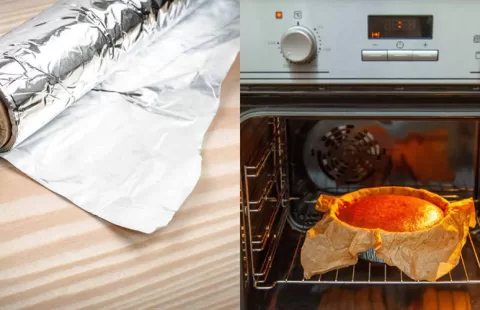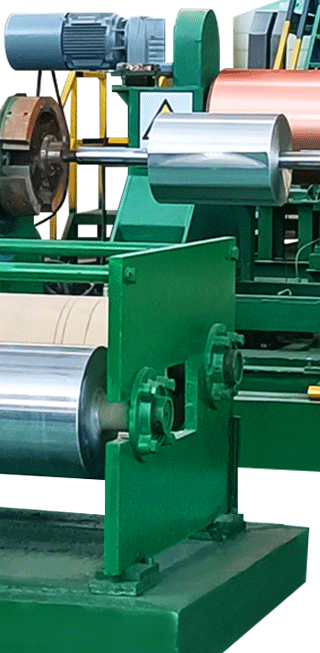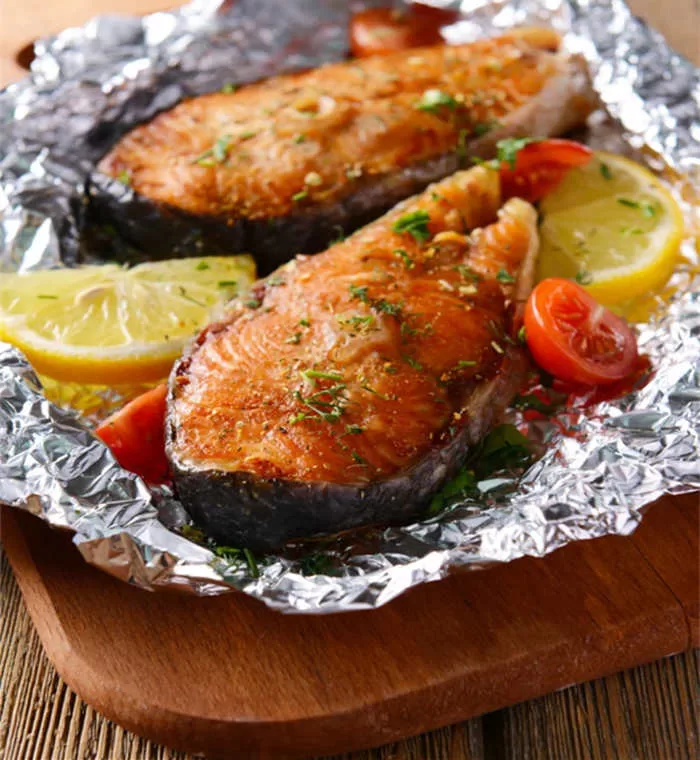
Aluminium Foil Choosing the Right Side
Aluminium foil, a versatile and commonly used kitchen staple, plays a vital role in food storage, cooking, and protection against moisture and light. However, a question that often arises is whether there is a correct side to use when utilizing aluminium foil. Aluminium Foil: Choosing the Right Side.

What Is Aluminum Foil?
Aluminium foil is a thin, pliable sheet made from aluminum metal, which has a high resistance to heat and acts as a superb barrier against moisture, light, and air.
It has wide application for various purposes, including wrapping food, lining pans, and covering dishes during cooking.
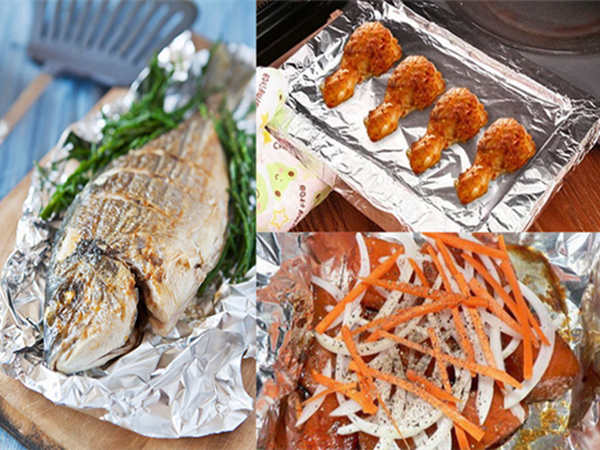
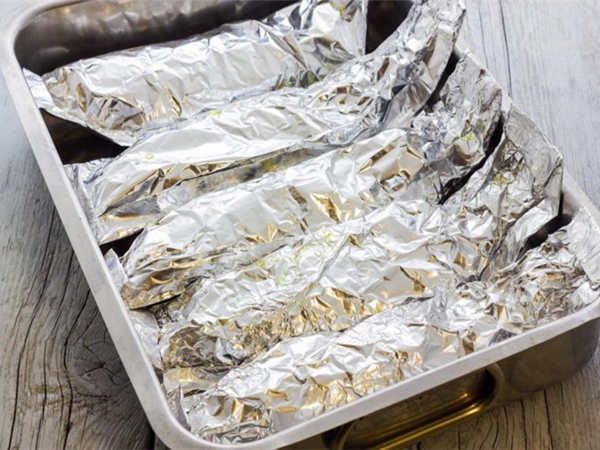
The Two Sides of Aluminium Foil
Many people believe that aluminium foil has a shiny side and a dull side.
However, it is important to dispel this common misconception.
The manufacturing process of aluminium foil involves a rolling operation that results in two distinct sides: one reflective and one matte.
These differences in appearance are purely a result of the manufacturing process and have no functional significance.
Which Side You Want To Use?
As mentioned in the previous response, both sides of aluminium foil are functionally identical, and you can use either side without any significant difference in performance.
The choice of which side to use ultimately depends on personal preference and specific needs.
Whether you opt for the shiny side or the matte side, the foil will effectively serve its intended purposes.
Such as heat distribution, moisture protection, and light barrier.
Manufacturing Process
The production involves several stages.
- First, large aluminium blocks are heated and rolled into slabs of desired thickness.
- These slabs are subsequently cold-rolled multiple times to reduce their thickness further.
- This rolling process also imparts certain properties to the foil.
Functionality of Aluminium Foil
Both sides of aluminium foils offer similar functionality and performance.
- Aluminium is an excellent conductor of heat, meaning it distributes heat evenly when used for cooking or baking.
- It also acts as a barrier against moisture, light, and air, preserving the freshness and quality of food items.

Usage Recommendations
While there is no functional difference between the shiny and matte sides of aluminium foil, there are some considerations for specific applications:
Heat Reflection: The shiny side of aluminium foil reflects heat slightly better than the matte side.
Presentation and Aesthetics: When using aluminium foil for presentation purposes, such as wrapping food for gifting or serving dishes.
Non-Stick Properties: When using aluminium foil as a non-stick surface for baking or grilling, it is recommended to place the food on the matte side.
Which Side of Aluminium Foil to Use: A Detailed Guide
Aluminium foil is a common household item used for various purposes, including food storage, cooking, and insulation.
One question that often arises is which side of the aluminium foil should be used for specific tasks.
The Two Sides of Aluminium Foil
During the rolling process, aluminium foil acquires a shiny side and a matte side. These appearances are a result of the manufacturing process but do not indicate any functional difference between the two sides.
The shiny side, also known as the “reflective side,” is in contact with the highly polished rollers, while the matte side, or the “dull side,” is in contact with the inner layers of the foil.
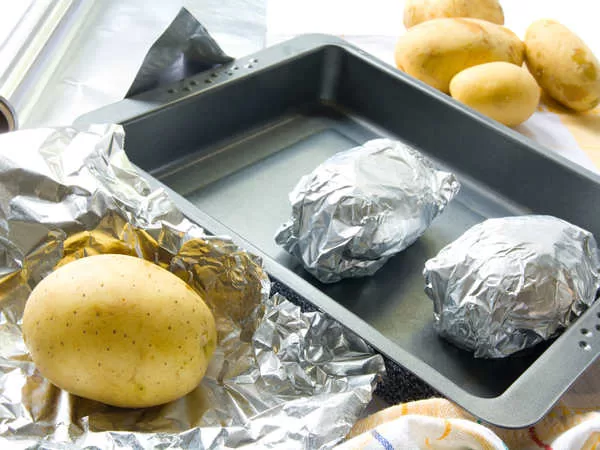

Which Side Of Aluminium Foil To Use?
The choice of which side of aluminium foil to use is largely a matter of personal preference and specific requirements.
Both the shiny and matte sides are functionally identical and offer the same heat distribution, moisture resistance, and light barrier properties.
Ultimately, the key is to leverage the remarkable qualities of aluminium foil.
Such as its heat conductivity and protective properties, to effectively meet your cooking, storage, and preservation needs.
Leave a Comment
You must be logged in to post a comment.


